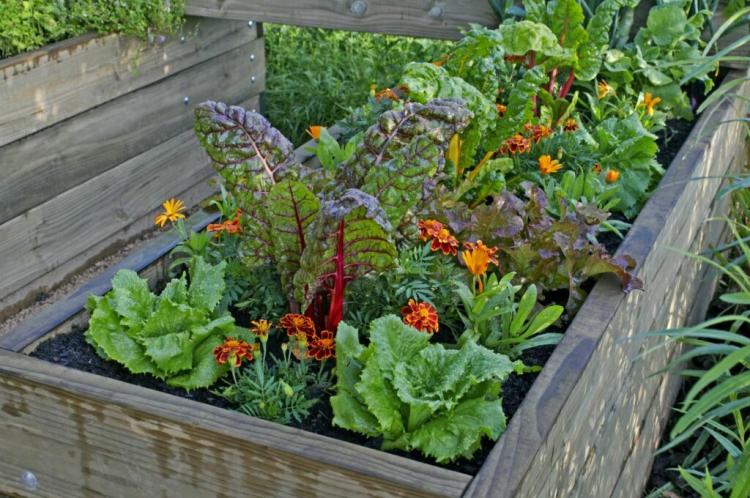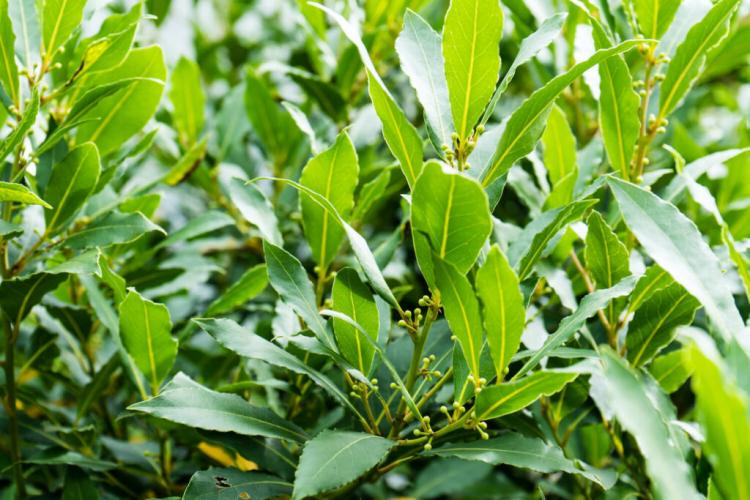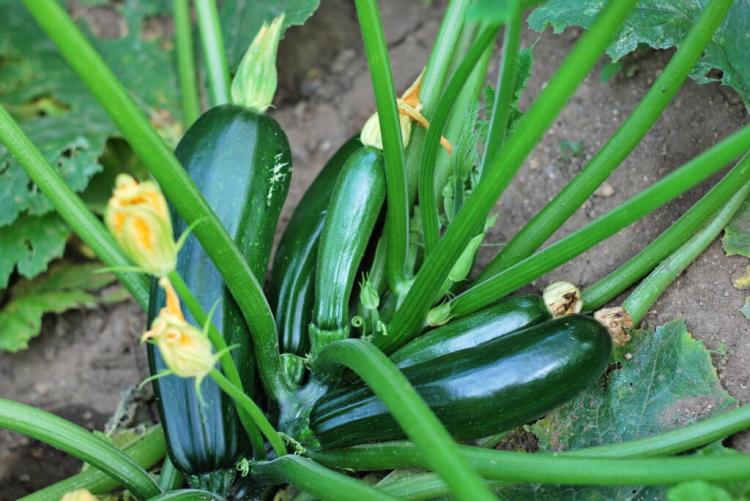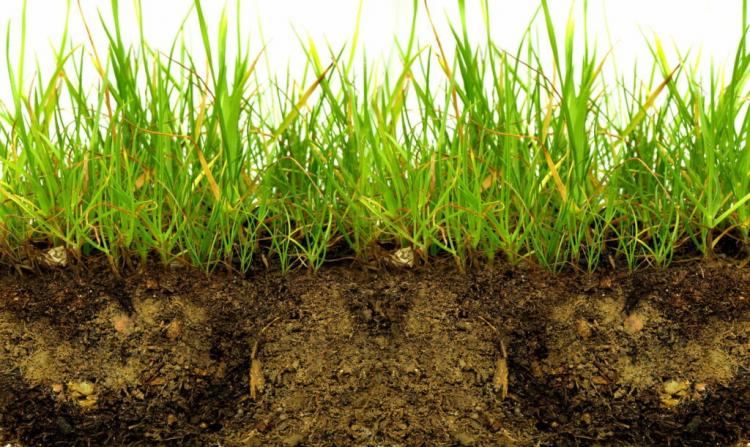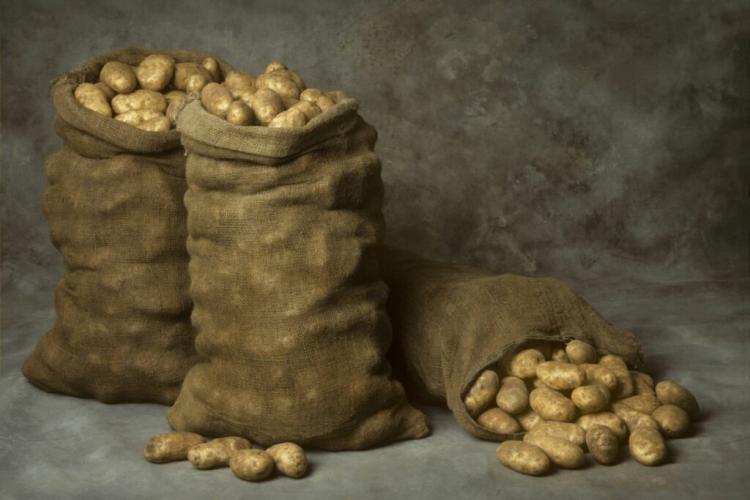Princess Marianne pear: cultivation, taste & harvest
The 'Princess Marianne' pear lives up to its majestic name with its sweet and sour taste. We'll tell you what the other special features of this variety are here.
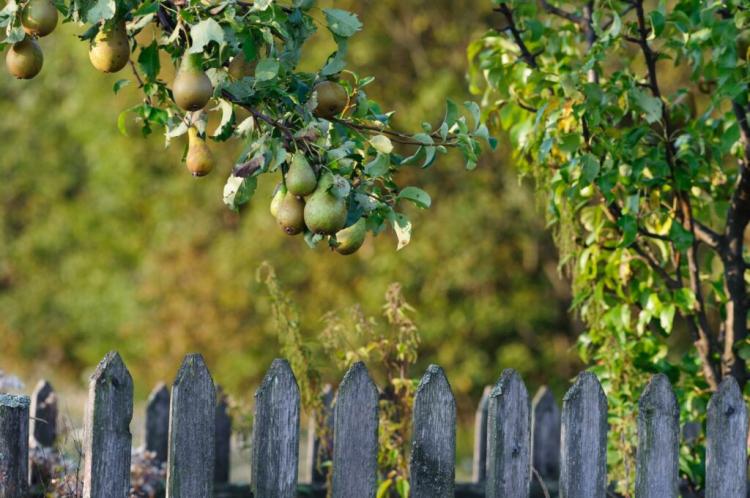
The 'Princess Marianne' pear also looks good in the garden [Photo: zzphot_25 / Shutterstock.com]
The 'Princess Marianne' pear is a robust and vigorous variety that, due to its short shelf life, is best eaten fresh from the tree. It is suitable for cultivation on orchards as well as in the home garden, but less so for small spindle trees.
Princess Marianne pear: wanted poster
Table of Contents
| Synonyms | Marianne, Early Bosc, Calabasse Bosc, Salisbury |
| fruit | Medium-sized, yellowish-greenish rough skin, cinnamon-colored russeting |
| taste | Sweet and sour aroma, juicy |
| Yield | Fluctuating, medium to high |
| Harvest time | Around mid to late September |
| Ripe for enjoyment | September to mid-October |
| Shelf life | Rather short |
| growth | Strong in the beginning, declines with age |
| climate | Also suitable for cool locations |
| Diseases and pests | Slightly susceptible, except for ring spot mosaic virus |
Princess Marianne: History and Origin
The 'Princess Marianne' pear has its origins as early as 1800 in Belgium or Holland and is therefore one of the old varieties. It owes its name to a daughter of the Dutch King Wilhelm I. In Germany, especially in the north, it has been known since the 19th century. This variety is often referred to as 'Kaiserkrone' pear, which often leads to confusion with 'Boscs bottle pear', which is also called this and looks very similar.
Appearance, taste and properties of the Kaiserkrone pear
The fruit of the pear 'Princess Marianne' is very similar to that of 'Bosc's bottle pear'. It is medium in size and bottle shaped. Small fruits are top-shaped. The shape can look slightly constricted towards the stem. The handle pit is usually shallow and the long, rather thin handle appears to be attached. The skin of the 'Princess Marianne' pear is fine-gray, greenish to yellowish and often very rusty. In addition to the cinnamon-colored surface russeting, numerous other brown rust spots can be seen on the skin. The flesh is also yellow, sweet and sour and melts gently. The pleasantly spicy taste also clearly distinguishes it from the very sweet 'Boscs bottle pear'. The 'Princess Marianne' also easily forms stone cells, which are noticeable when eating through a grainy pulp.
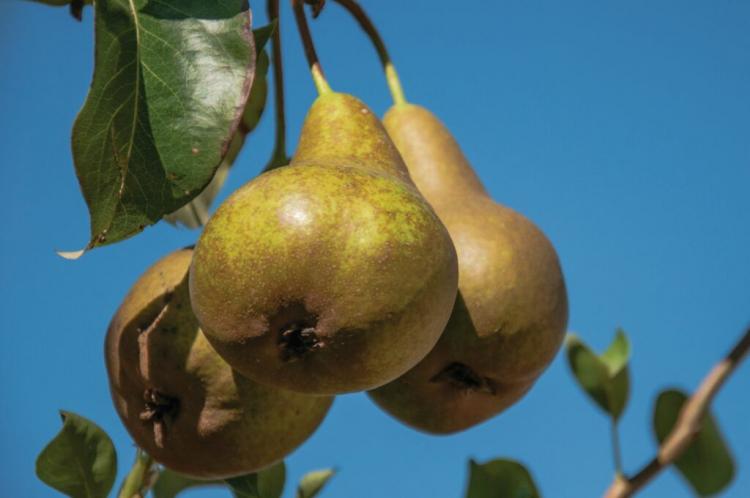
The 'Princess Marianne' easily forms stone cells and is then grainy inside [Photo: Attila N / Shutterstock.com]
Tip: The 'Princess Marianne' pear often has a ring-shaped bulge at the base of the stem, which also distinguishes it from 'Bosc's bottle pear', which is also only ripe four to six weeks later.
Pear 'Princess Marianne': What to look for when growing and caring for it
The 'Kaiserkrone' pear grows best in a sunny to partially shaded location. It makes no great demands on its location and is also suitable for higher altitudes of up to 600 meters. The soil should be nice and loose and rich in nutrients. When planting in the home garden, we also recommend the use of nutrient-rich soil such as our Plantura organic universal soil. This promotes healthy soil life without any peat and is also suitable for fruit trees.
The 'Kaiserkrone' pear is a variety that grows vigorously at first and later moderately vigorously. It forms a large, pyramidal crown that can overhang through numerous fruit arches. The variety has a good approach to fruit wood and should only be thinned out a little when pruning. Rejuvenation is necessary in old age. As a shape for these pears, the high, half and quarter trunk or the bush are suitable. Quinces are only suitable as a base for the variety with intermediate refinement such as 'Gellert's butter pear', as the 'Princess Marianne' pear only grows moderately well directly on the quince. Rootstocks of the quince, which are suitable for cultivation as a half-stem, low-stem or bush tree, are the very slow-growing quince C, the slightly stronger growing quince Adam or the even stronger quince A.
The flowering period is early to late April and the numerous white flowers attract many different pollinators. The 'Princess Marianne' pear is also considered a good pollen donor.
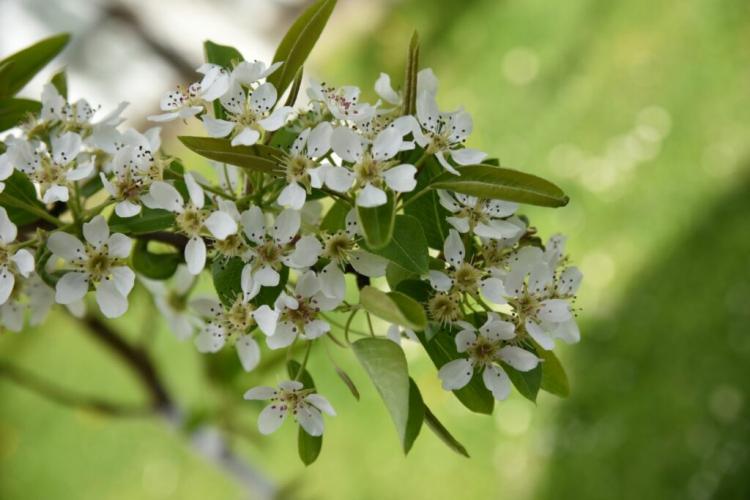
The 'Marianne' flowers are a delight for every eye [Photo: photoPOU / Shutterstock.com]
Possible pollinators for the 'Princess Marianne' pear are, for example, 'Clapps Liebling', 'Gellert's Butterbirne', 'Gute Luise' or the 'Delicious from Charneux' variety. The yield is slightly alternating between high and medium high.
The variety of the 'Princess Marianne' pear is considered to be resistant and insensitive to diseases or pests. However, locally this can be prone to scabs. The 'Princess Marianne' can also have problems with the ring spot mosaic virus. The wood of this variety is quite hardy.
Harvest and use of the 'Kaiserkrone' pear
The 'Princess Marianne' pear is ripe from mid-September to the end of September and is therefore ready for harvest. This should be picked shortly before the tree ripens, otherwise the fruits can taste slightly floury and also begin to fall by themselves. However, the 'Princess Marianne' pear can only be stored for a good two weeks. If the pear comes from colder areas, three to four weeks are also possible.
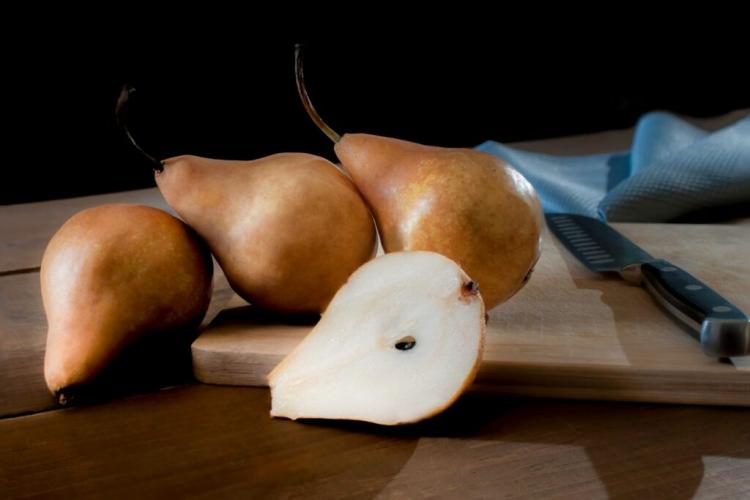
The 'Princess Marianne' pear is best for direct consumption [Photo: VG Photo / Shutterstock.com]
The 'Kaiserkrone' pear can be used as dessert fruit, i.e. for direct consumption or for further processing as jelly, compote or juice. The pears also have a long shelf life when cooked.
Our experts tell you how to plant a pear tree in your own garden.
